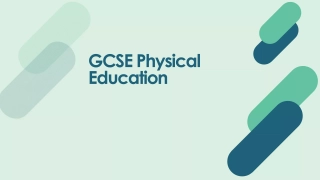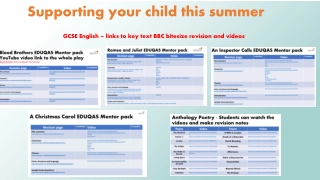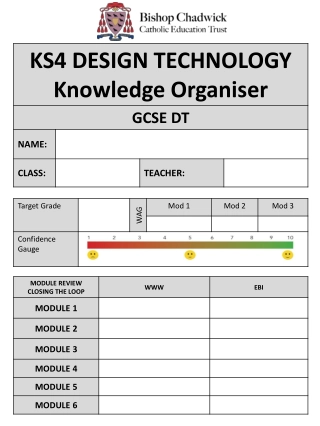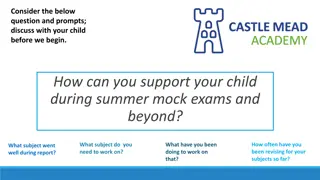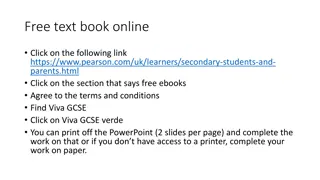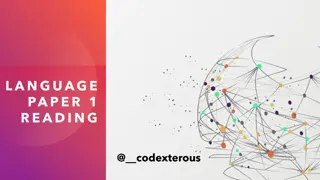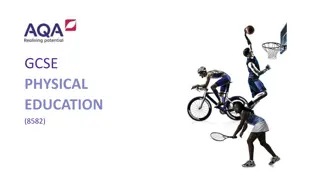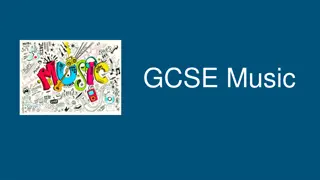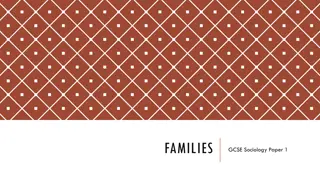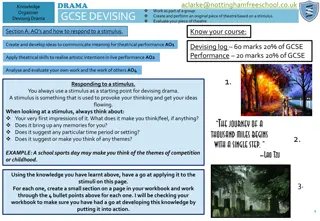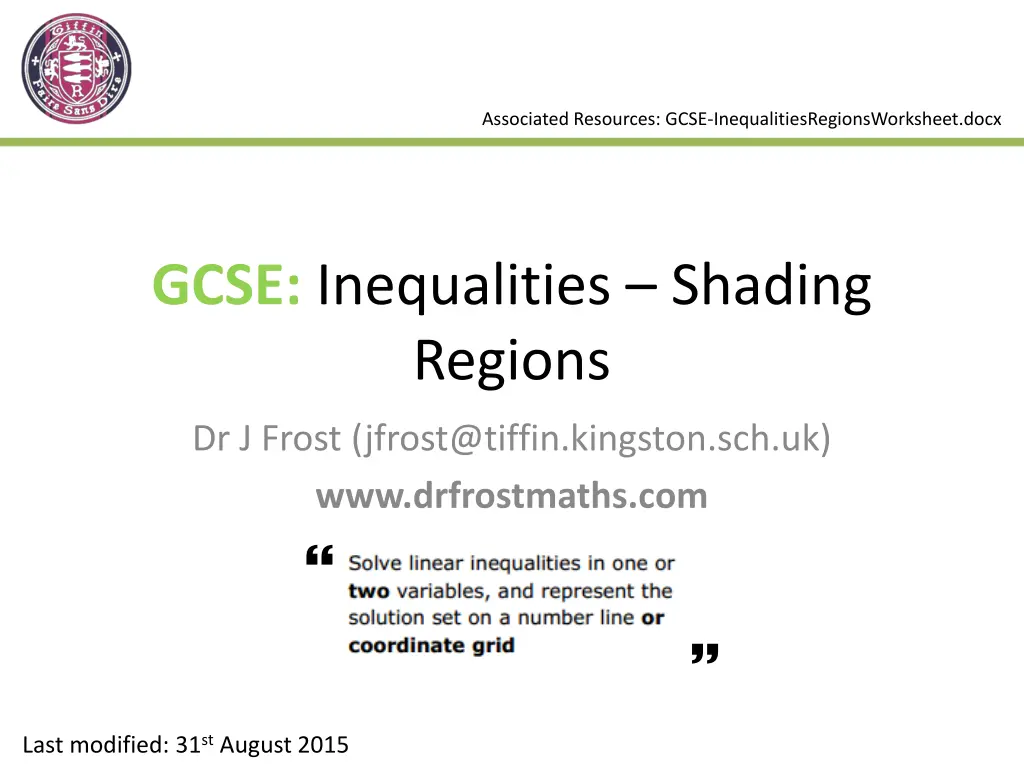
Understanding Inequality Concepts in Mathematics
Explore the concept of inequalities in mathematics through a comprehensive worksheet that covers topics like shading regions, strict inequalities, and solving inequalities. Learn how to sketch regions, interpret constraints, and combine multiple inequalities effectively. Driven by Dr. J. Frost's expertise, this resource is valuable for mastering GCSE-level math concepts.
Download Presentation

Please find below an Image/Link to download the presentation.
The content on the website is provided AS IS for your information and personal use only. It may not be sold, licensed, or shared on other websites without obtaining consent from the author. If you encounter any issues during the download, it is possible that the publisher has removed the file from their server.
You are allowed to download the files provided on this website for personal or commercial use, subject to the condition that they are used lawfully. All files are the property of their respective owners.
The content on the website is provided AS IS for your information and personal use only. It may not be sold, licensed, or shared on other websites without obtaining consent from the author.
E N D
Presentation Transcript
Associated Resources: GCSE-InequalitiesRegionsWorksheet.docx GCSE: Inequalities Shading Regions Dr J Frost (jfrost@tiffin.kingston.sch.uk) www.drfrostmaths.com Last modified: 31st August 2015
RECAP: Inequalities on a Number Line This is known as a strict inequality. x > 3 x < -1 ? Means: x is (strictly) greater than 3. ? Means: x is (strictly) less than -1. 0 1 2 3 4 5 -3 -2 -1 0 1 2 ? ? x 4 x 5 ? ? Means: x is greater than or equal to 4. Means: x is less than or equal to 4. 2 3 4 5 6 7 2 3 4 5 6 7 ? ?
STARTER: Solving Inequalities (On your worksheet) ?, ?,?,?,?,? ? ? < ? ? ? ? < ? ? ? < ? ?
8 Think: How are the values of x constrained, and how are the values of y constrained? Sketch the region representing ? > 2 6 4 2 -10 -8 -6 -4 -2 2 4 6 8 10 -2 -4 ? can be any number greater than 2, but ? can be ANY value because it is not constrained. The dotted line indicates that ?can t be 2. -6
8 -4 < y -2 6 4 2 -10 -8 -6 -4 -2 2 4 6 8 10 -2 -4 -6
8 y x 6 4 2 -10 -8 -6 -4 -2 2 4 6 8 10 -2 How can we tell which way round the inequality is? Just try a point on one side, e.g. (0, 4). Is y x? Yes, so we re on the right side. -4 -6
Bro Tip: An easier way to see if the region is on the correct side is to see whether ? is on the smaller side of the inequality or the greater side. If the greater, we re above. Quickfire Regions Is the region on the correct side of the line? y > x + 2 y x > 1 y > 1 - x 2 1 1 Fail Win Fail Win Fail Win x > 2y - 3 y > -x x + y > 1 1.5 1 Win Win Fail Fail Fail Win
Combining Inequalities 8 y x + 1 and x 6 and y > 2 6 4 2 -10 -8 -6 -4 -2 2 4 6 8 10 -2 -4 Bro Tip: In GCSE exam questions, the region you want is almost always the region enclosed by your 3 lines. -6
Question 4 Worksheet Answers Click to Sketch >
Question 5 Worksheet Answers Click to Sketch >
Question 6 Worksheet Answers Click to Sketch > R ?,? , ?,? , ?,? ,(?,?) ?
Question 7 Worksheet Answers Click to Sketch >
Question 8 Worksheet Answers Click to Sketch > 3 2 ? ?
Question 9 Worksheet Answers R ? ? ? ? ?? ?? ? Click to Sketch > ? 1 1

